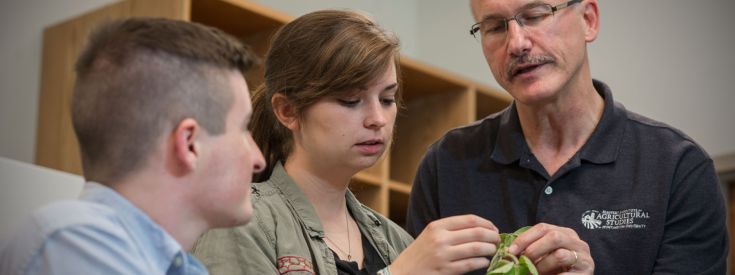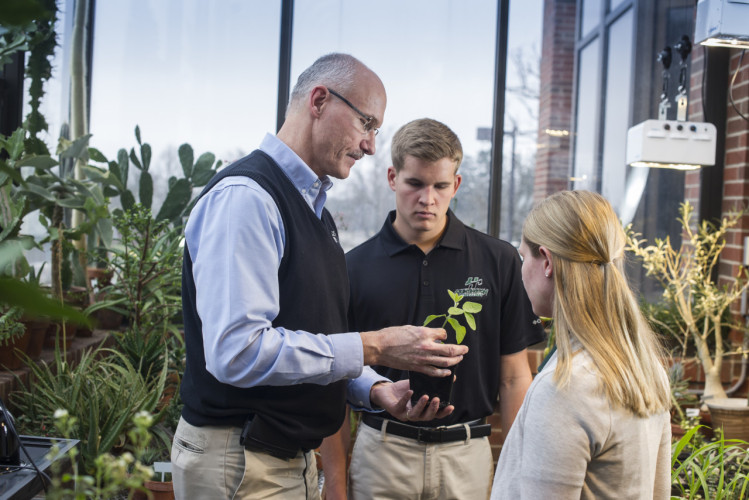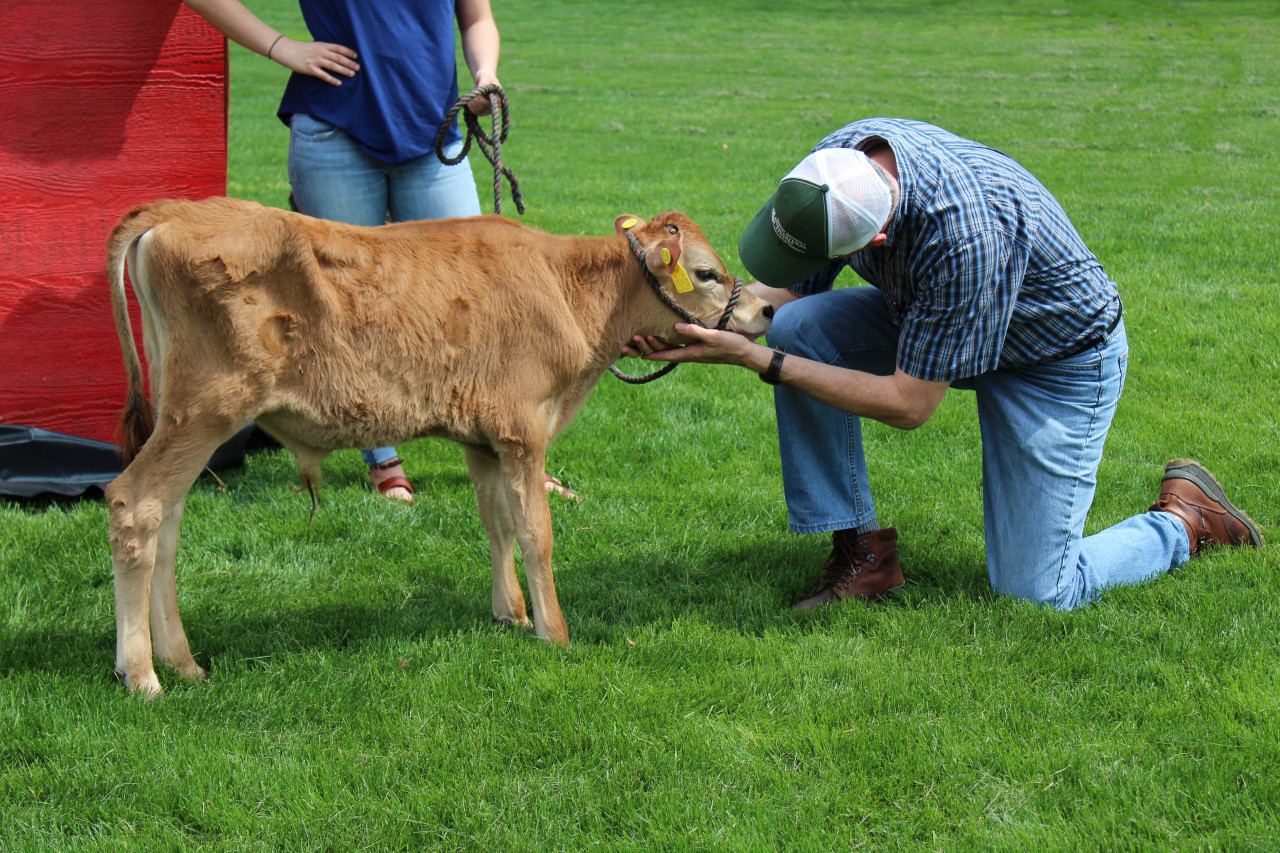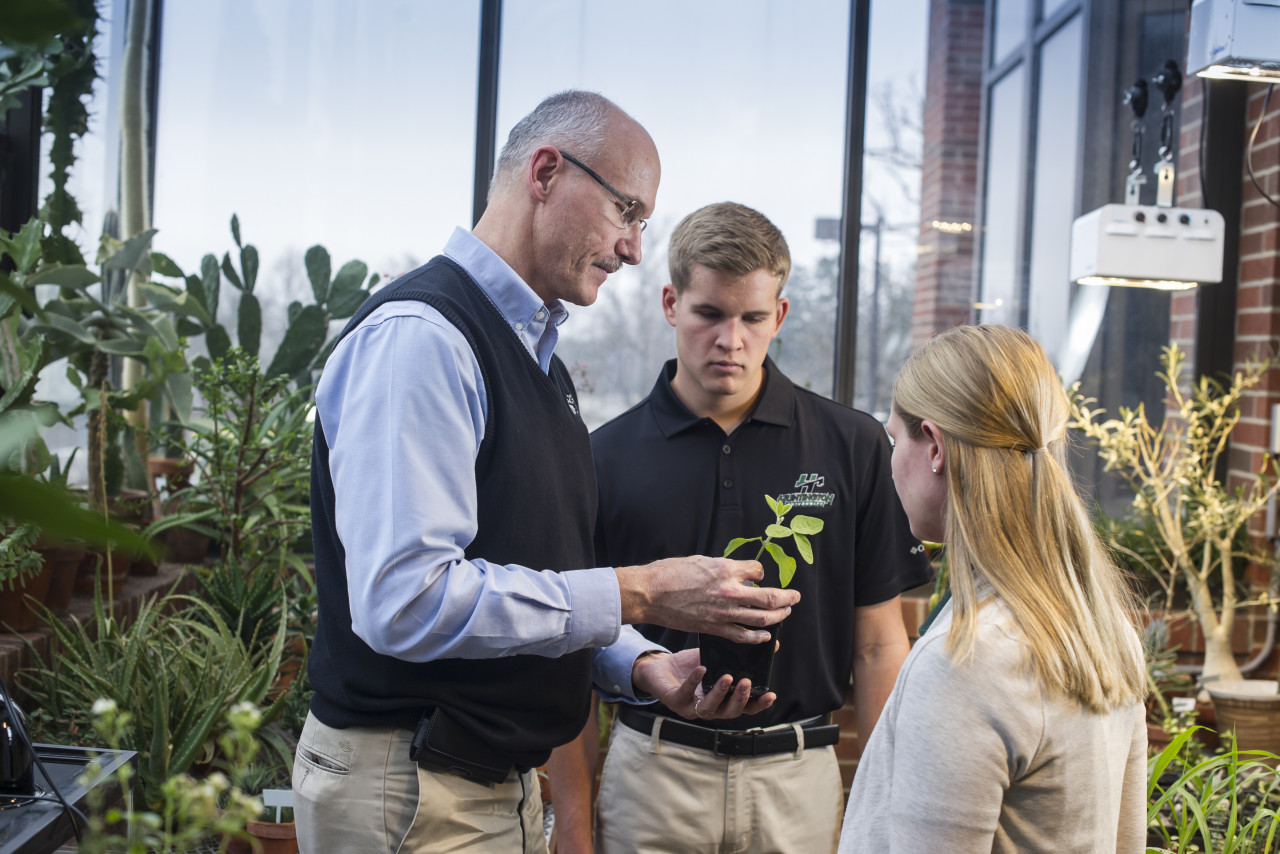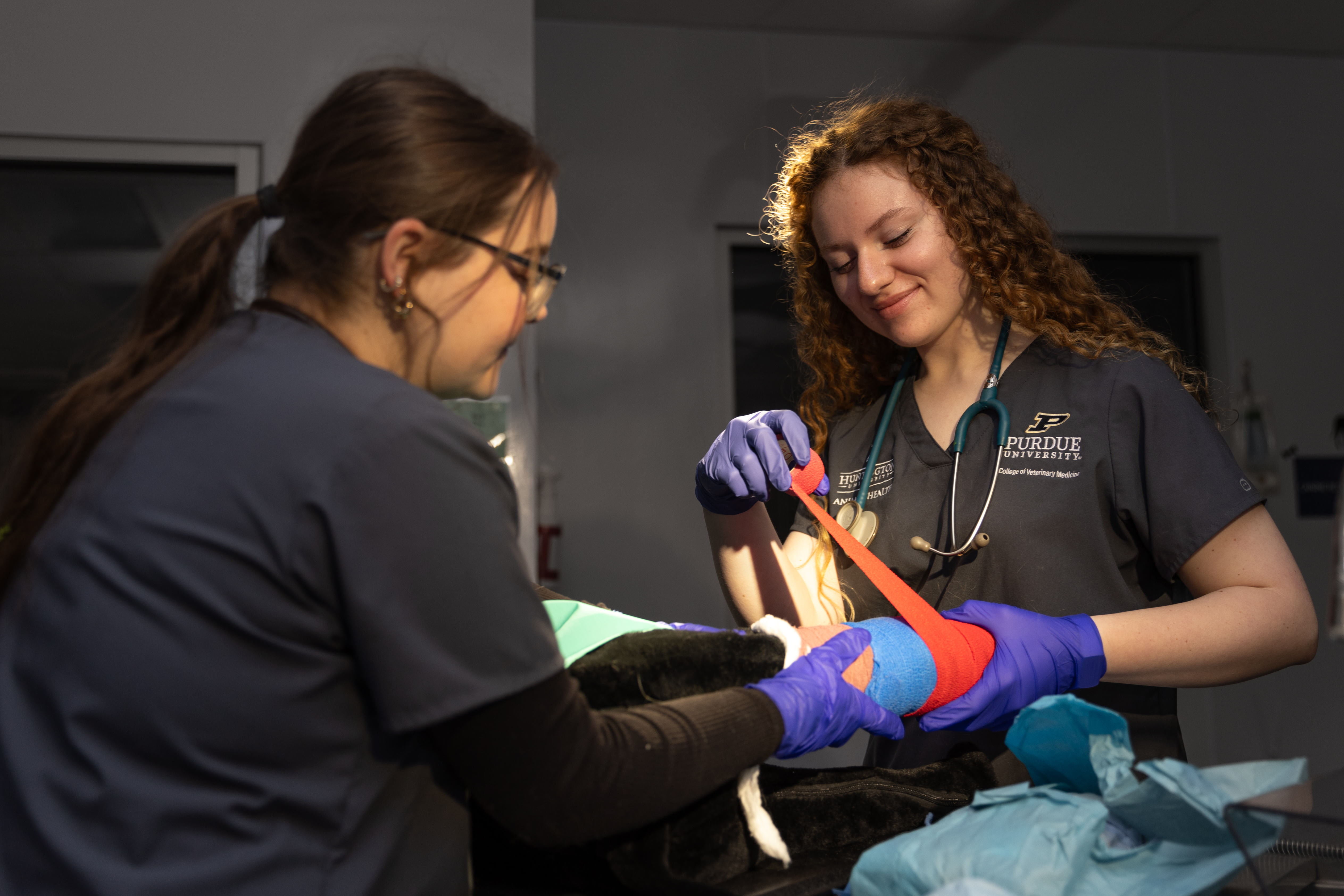
Holly Holton
Agriculture Education (2020)
“I feel ready to learn. I know that I am not going to know everything going into a new job, but I feel equipped to learn how to do the job the right way it needs to be done."
Dedicated Faculty and Staff
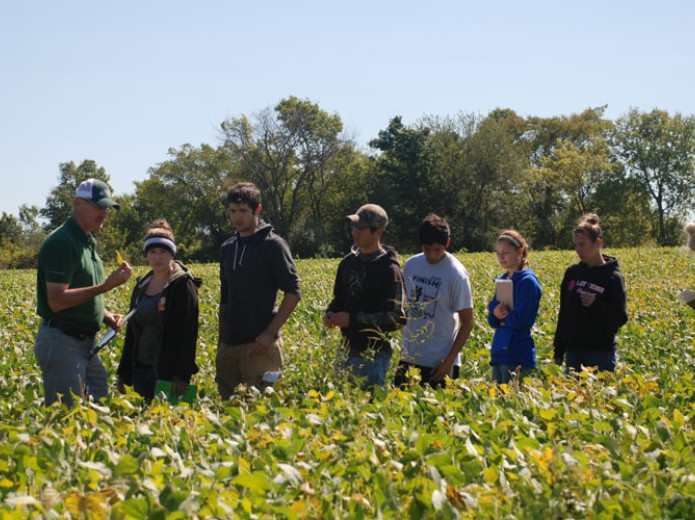
I'm Ready!
Take the next step towards your ag education degree!
